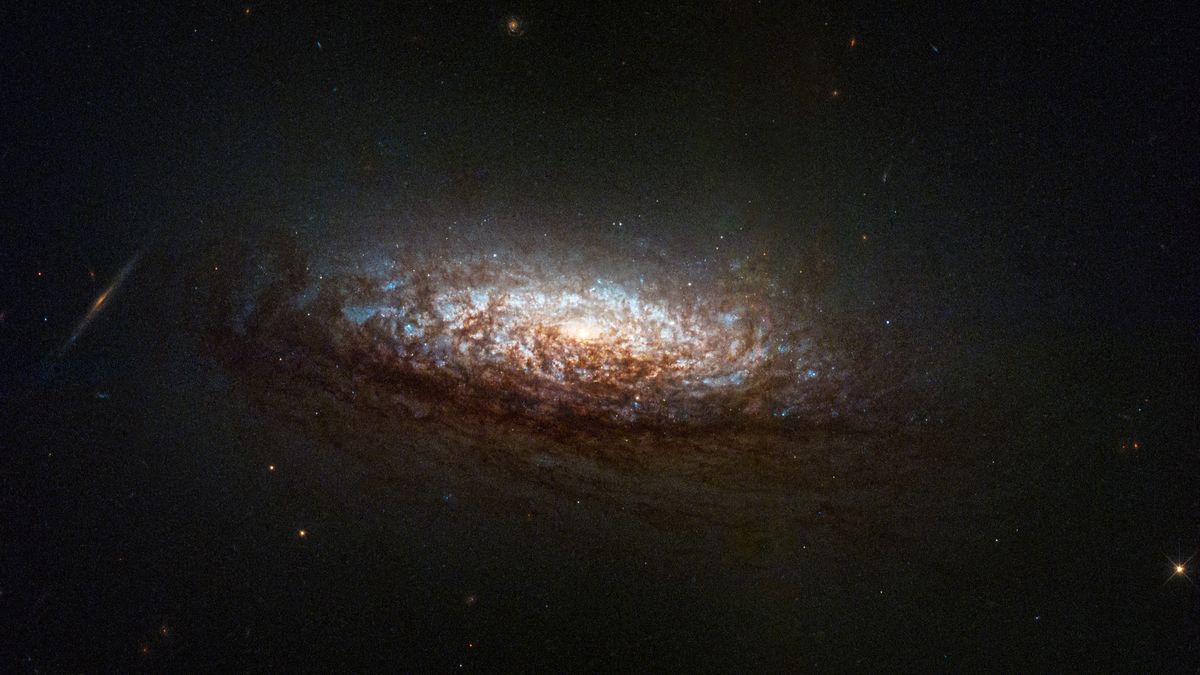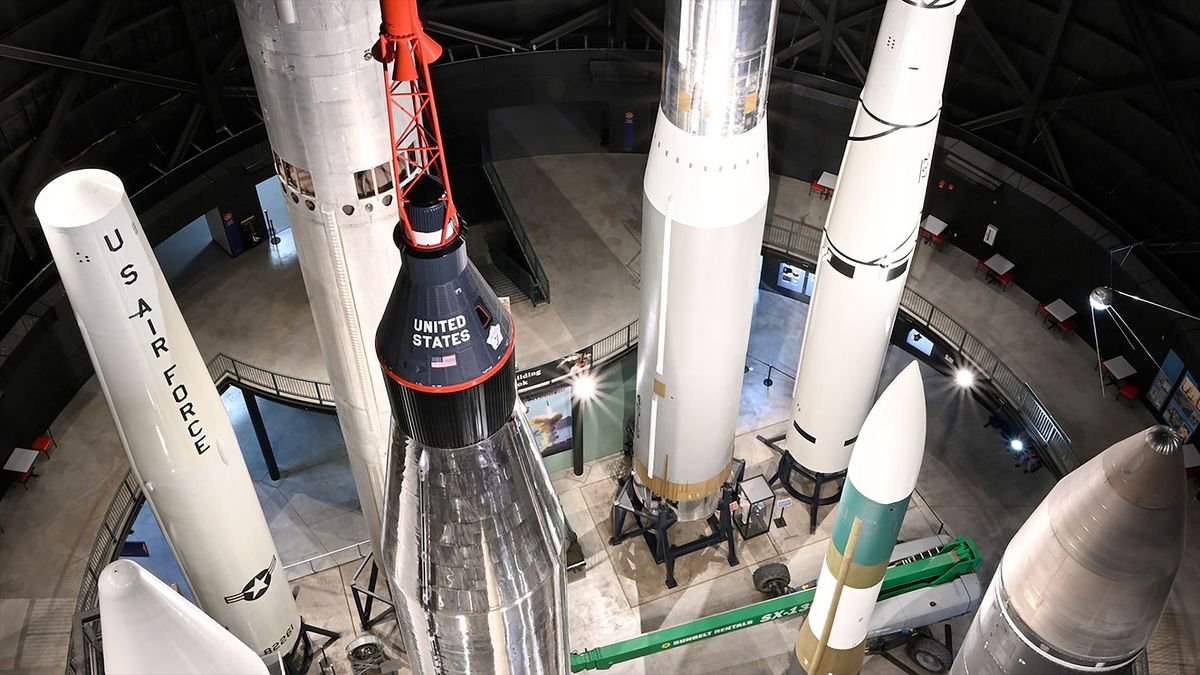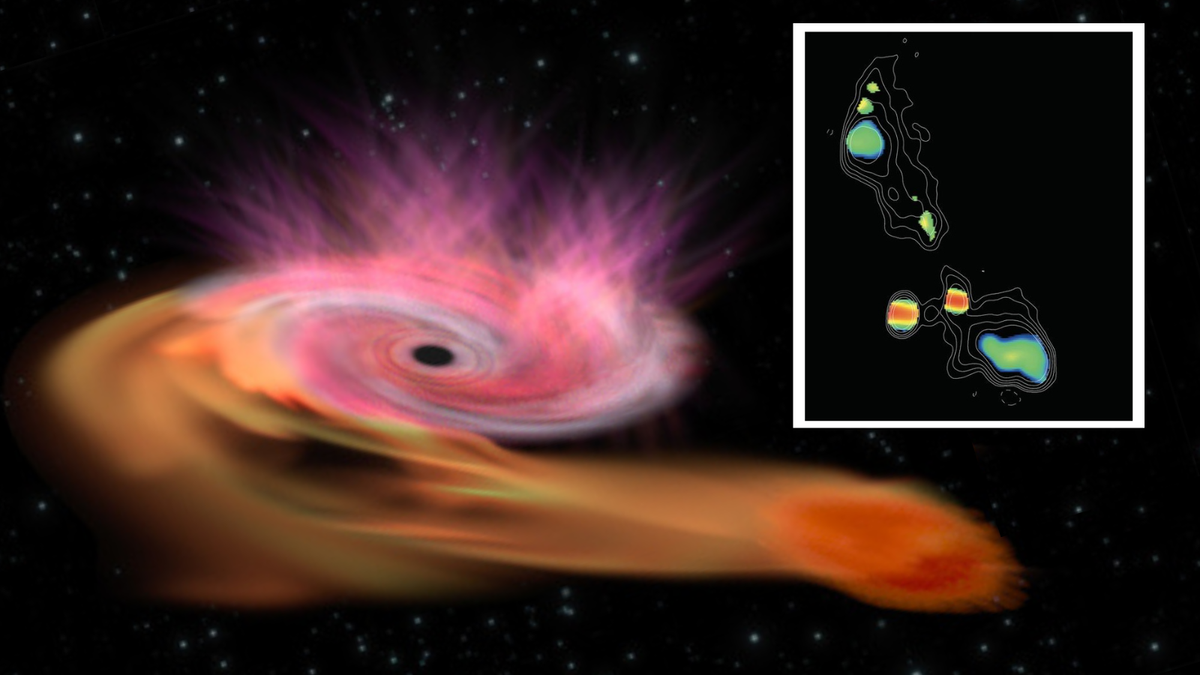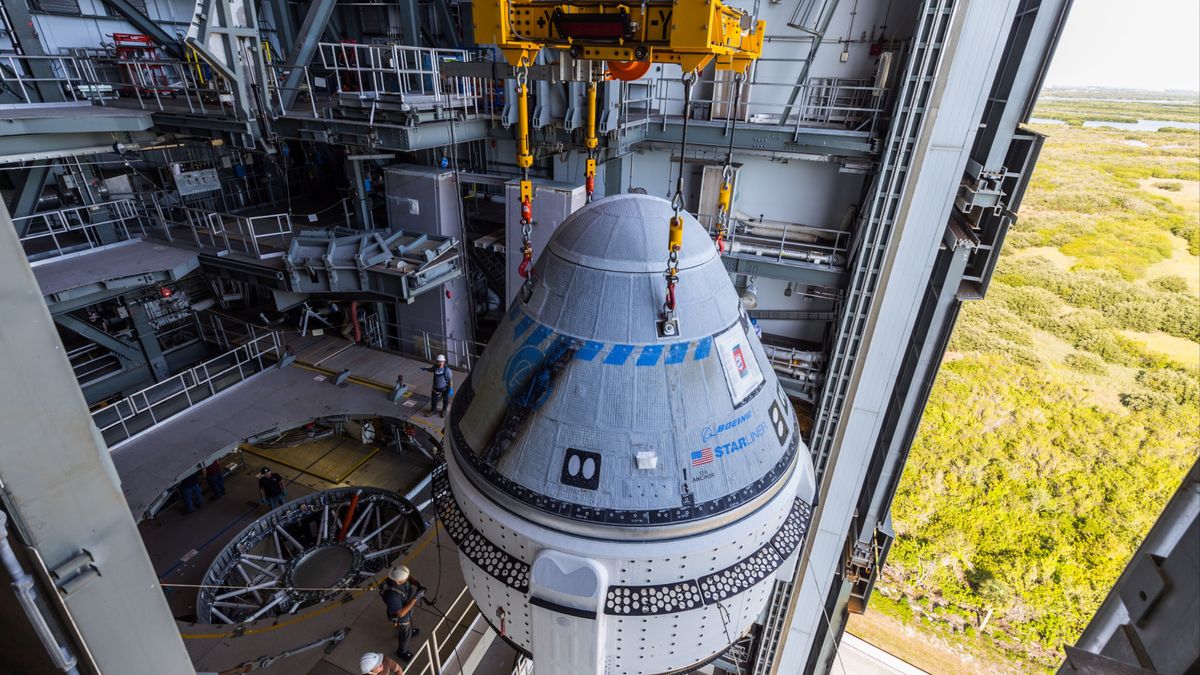Hubble Space Telescope Returns to Science Operations
The Hubble Space Telescope is back in action, having returned to science operations with just one operating gyroscope. To demonstrate its continued capabilities, the observatory captured a stunning photo of the dusty spiral galaxy NGC 1546.
A Closer Look at NGC 1546
Located about 50 million light-years away in the constellation of Dorado, the Swordfish, NGC 1546 is a prime example of a “flocculent” spiral galaxy. Unlike the smooth, curved arms of some spirals, NGC 1546 features a more chaotic appearance, with bursts of star formation creating a patchy structure.
The dust illuminated by NGC 1546’s bright core is the result of countless generations of stars that have lived and died, dispersing dust particles into space. This dust, composed of micrometer-sized particles, indicates a healthy chemistry within the galaxy, essential for forming new stars and planets.
The bright blue regions in the galaxy, particularly visible where dust is less obstructive, represent hot, young stars in newly formed clusters. This image, captured by the Hubble Space Telescope’s Wide-field Camera 3, highlights the telescope’s continued importance in space exploration.
Challenges Faced by Hubble
Despite its remarkable achievements over 34 years in Earth orbit, the Hubble Space Telescope has encountered recent obstacles. With only one functioning gyroscope remaining out of six installed during a 2009 servicing mission, Hubble’s efficiency has decreased.
While Hubble can still observe the cosmos with a single gyroscope, its mobility and speed are limited. This limitation means the telescope cannot track fast-moving objects like asteroids or comets close to Mars. NASA predicts a 25% reduction in Hubble’s productivity moving forward.
However, the telescope’s recent return to active duty signifies hope for continued discoveries. Jennifer Wiseman, the senior project scientist for Hubble at NASA’s Goddard Space Flight Center, expressed optimism for the telescope’s future.
“Hubble’s new image of a spectacular galaxy demonstrates the full success of our new, more stable pointing mode. We’re poised for many years of discovery ahead, from our solar system to distant galaxies. Hubble plays a powerful role in NASA’s astronomical toolkit,” Wiseman stated.
Despite past challenges, including a critical mirror correction and instrument replacements, the Hubble Space Telescope remains a vital asset for humanity’s exploration of the universe. Here’s to many more years of groundbreaking discoveries and breathtaking views of the cosmos.
Image/Photo credit: source url





